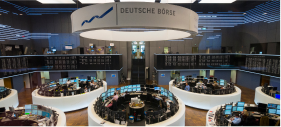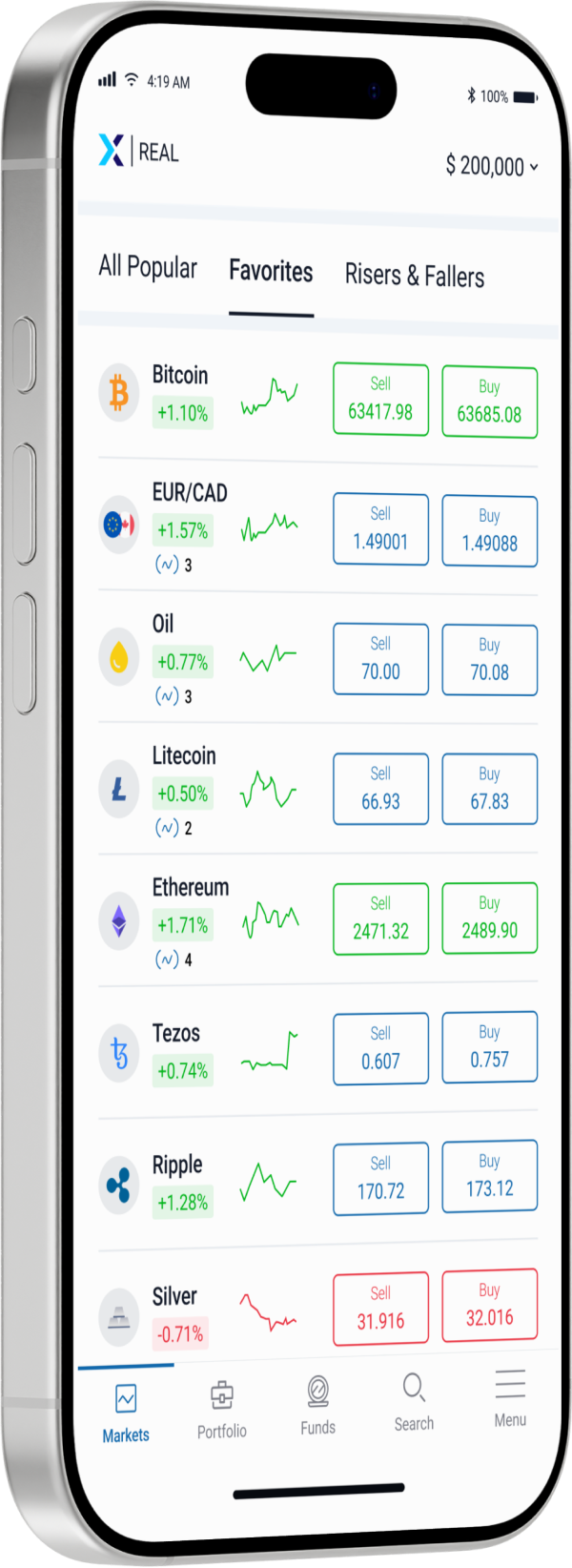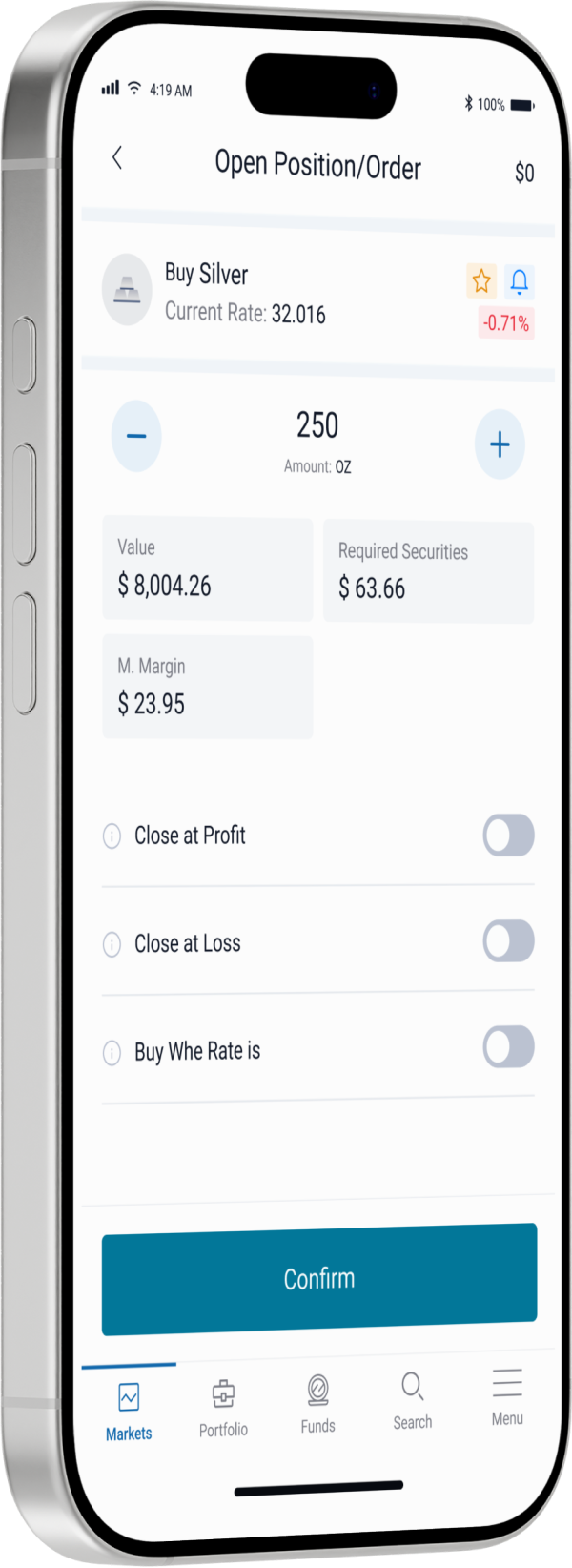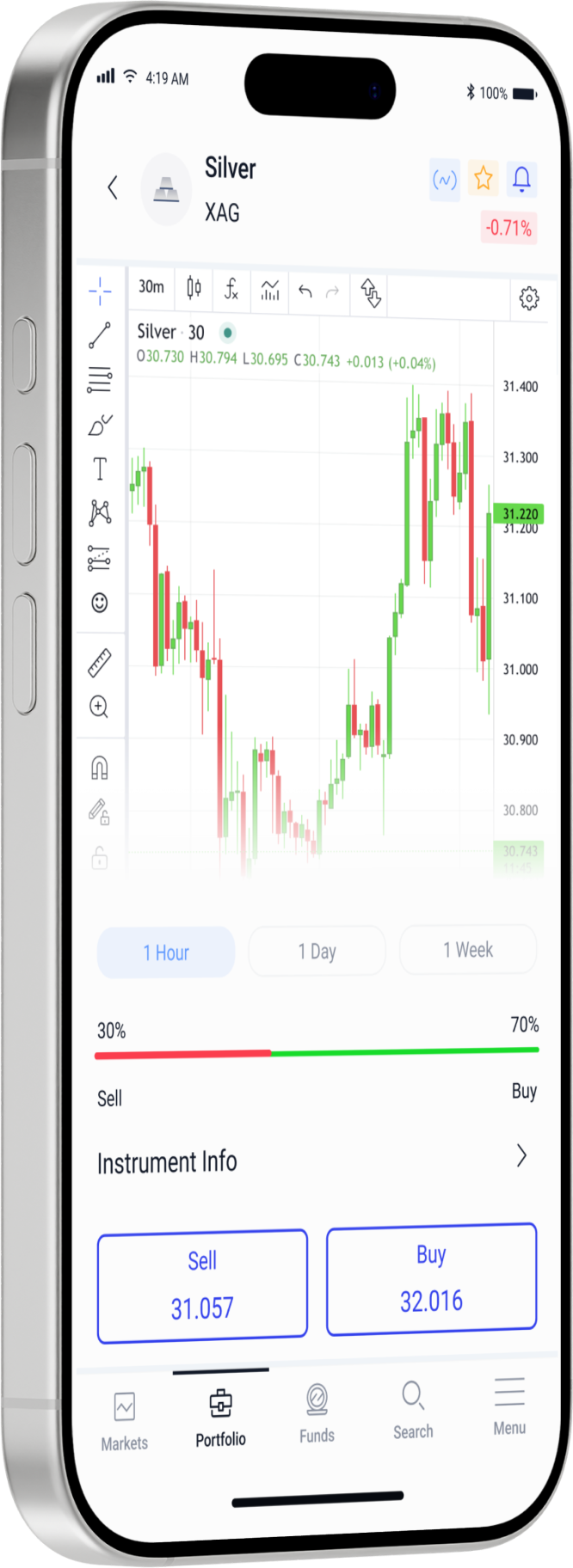اكتشف وتداول عقود الفروقات للمؤشرات
تداول المؤشرات الشهيرة مع وسيط موثوق للحصول على فروقات تنافسية، وتنفيذ سريع، وعمولات منخفضة.
المؤشرات الشعبية
US-TECH 100
NDX
$
%
USA 30
YM
$
%
USA 500
ES
$
%
Russell 2000
RTY
$
%
US Dollar Index
DX
$
%
NASDAQ Composite
IXIC
$
%
US-TECH Cash
NASDAQ100
$
%
USA 30 Cash
US30
$
%
USA 500 Cash
SPX
$
%
AI Index
AI-Index
$
%





US-TECH 100
NDX
$
%
USA 30
YM
$
%
USA 500
ES
$
%
#تداول_المؤشرات
حول عقود الفروقات للمؤشرات
عقود الفروقات لمؤشرات الأسهم هي أدوات مالية تعكس قيمة مجموعات المؤشرات التي تتألف من شركات يتم تداول أسهمها بشكل عام، مثل S&P 500 وDow Jones Industrial Average وNASDAQ. يوفر تداول مؤشرات العقود مقابل الفروقات مجموعة متنوعة من الفرص الاستثمارية، مما يسمح لك بالتداول كل من الأسواق الصاعدة والهابطة.
مكتبة تعليم التداول
دليل شامل للتداول المحترف
قم بتعزيز مهارات التداول الخاصة بك مع مصادر تعليمية شاملة. قم بالوصول إلى دروس تعليمية وندوات ودورات تم تصميمها خصيصًا لأسلوب تعلمك. اتقن التحليل الفني والأساسي، وإدارة المخاطر، واستراتيجيات التداول الفعّالة. حقق أهداف التداول الخاصة بك بثقة.
#التفوقالتنافسي
لماذا نستثمر معنا؟



